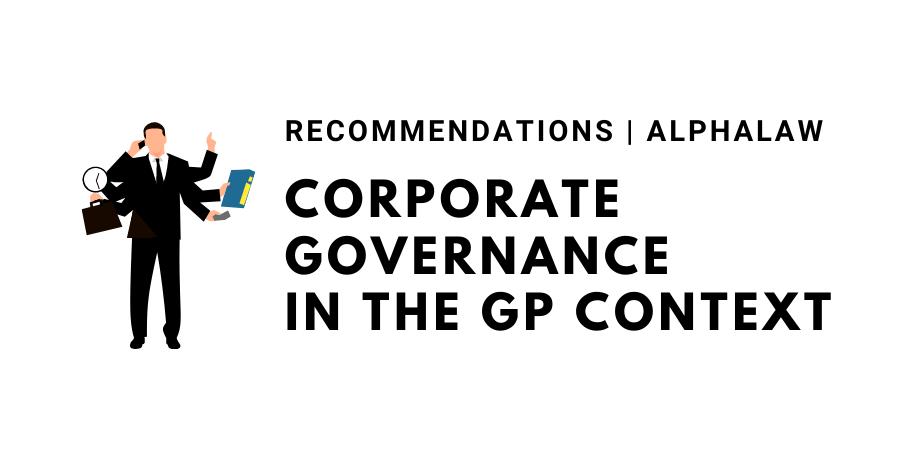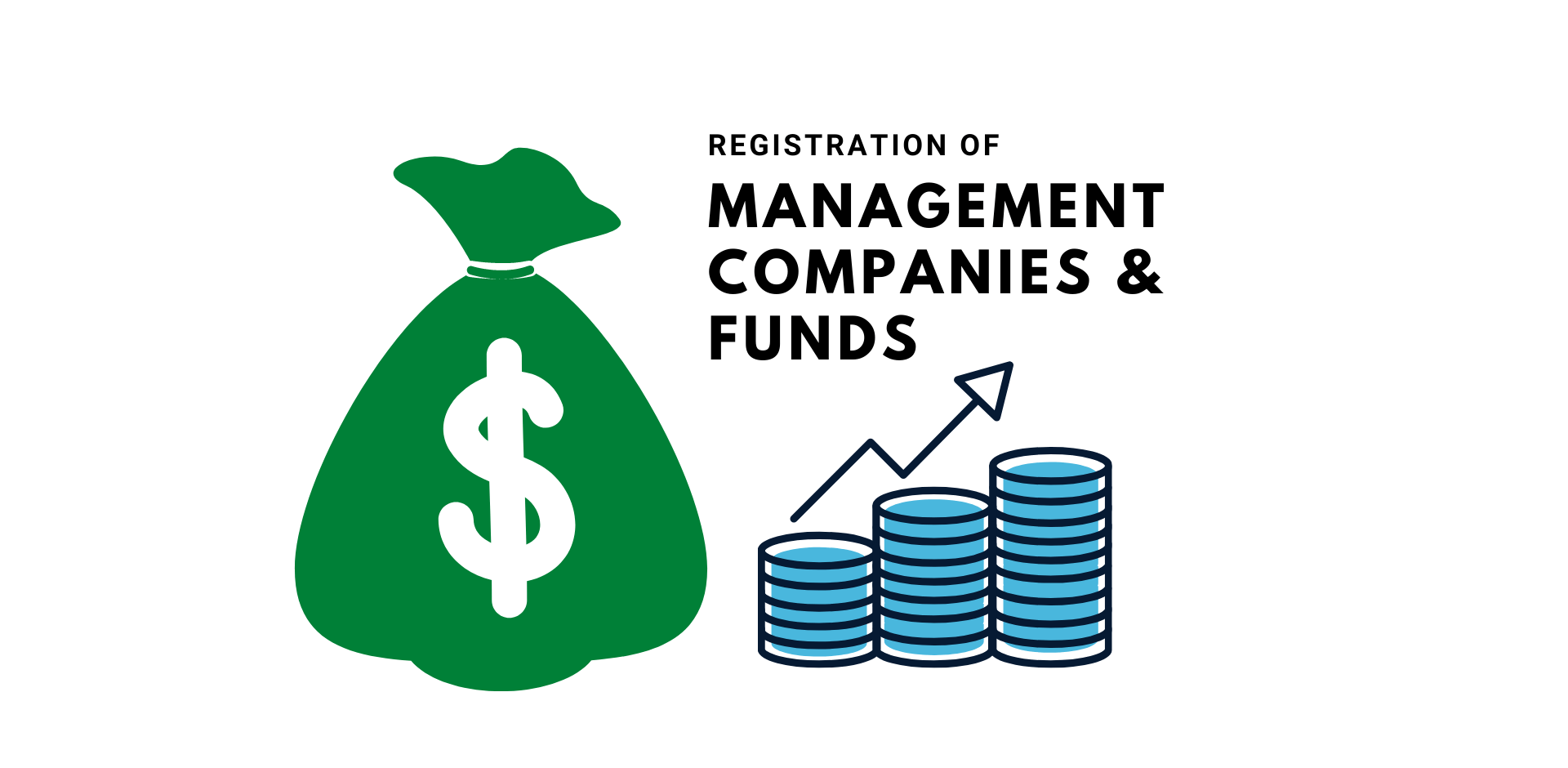Corporate Governance in the GP Context
In this article we are going to understand the features of corporate governance in the context of the industry and the General Partner (GP) of the Fund.

Explanation
In the private equity environment, there are several layers of governance considerations.
First, the GP’s business should have its own internal processes and procedures concerning corporate governance, which should be kept under continuous assessment to ensure that they remain appropriate. The frequency and detail of review will be different for different GPs depending on their size, complexity, LP base, geographical reach and a range of other factors.
Second, governance at fund level should be taken into consideration by GPs both at the fund structuring stage and also during the life of the fund. LPs will not be involved in the management of the fund, but do however have a role to play in relation to certain decisions to be made, such as whether or not to remove the GP under the so-called fault/no-fault divorce provisions, to approve amendments to the fund terms, to terminate the fund, etc.

A number of LPs may also play a role as members of an LPAC. LPs sitting on the LPAC will usually be asked to consider issues concerning conflicts of interest, Key Person events, approval of valuations, etc. The LPAC has a role to play in governance, however, governance is not just limited to those LPs on the LPAC; as mentioned above, all LPs have a role to play.
Good governance implies that conflicts of interest should not be left to the discretion of the GP. Conflicts can arise in a variety of situations, including GPs (or GP staff) holding an interest in a company which the GP recommends for investment to the fund, co-investments by GP staff alongside the fund, the GP acting for multiple funds, deal allocation between different funds managed by the GP, etc.

Sometimes conflicts can also arise between LPs, such as when some LPs have more than one interest in funds managed by the GP, especially if those LPs hold a majority on the LPAC. LP conflicts of interest are considered in more detail in this article.
While LPs do not owe any fiduciary duties to one another, it is the GP’s duty to manage such conflicts when they arise and to treat all LPs fairly while acting in the best interests of the fund as a whole.
Third, the governance of a portfolio company needs to be considered by the GP. Once an investment is made, portfolio company governance should be kept under continuous assessment to ensure that it remains appropriate. However, the frequency and detail of review will be different for different companies. This is explored more fully in this article.

Recommendation
The GP should implement and monitor corporate governance processes and procedures at the GP level. Oversight of the GP’s governance should encompass elements of independence, such as segregation of duties and reviews, proportionate to the size and nature of the GP entity. The processes should also be discussed with the LPAC and communicated to all LPs.
The GP should ensure LPs are involved in the governance of the fund by establishing an LPAC, conducting regular meetings with LPs and ensuring reporting to and communication with LPs is of a high standard.

As set out in this article, the GP should also work with its portfolio companies to establish monitoring programmes, which, as a minimum, ensure that all elements of the corporate governance framework are reviewed at least annually.





